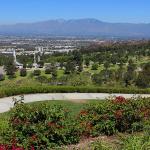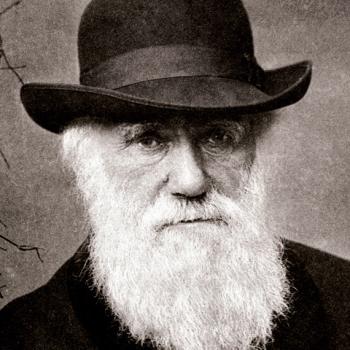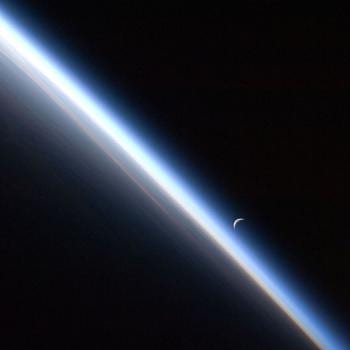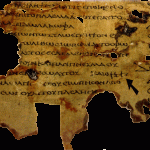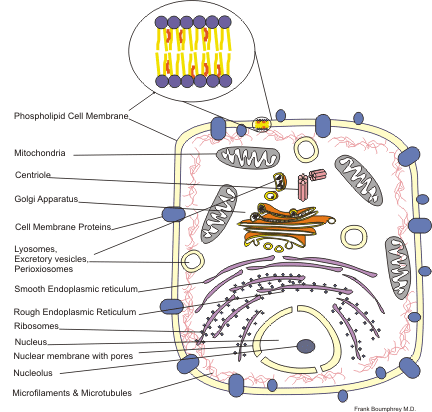
The following is based upon my reading of Michael J. Behe, “Fearfully, Wonderfully, Deliberately: The Grandeur of God Reflected in the Molecular Foundation of Life,” in Ann Gauger, ed., God’s Grandeur: The Catholic Case for Intelligent Design (Manchester, NH: Sophia Institute Press, 2023), 60-70 (and particularly pages 60-62. The author of multiple books and over forty technical scientific publications and the center of considerable controversy, not to say acrimony, Michael Behe (Ph.D., University of Pennsylvania) is a professor of biochemistry at Lehigh University and a senior fellow with the Center for Science and Culture at the Discovery Institute in Seattle, Washington.
I will praise thee; for I am fearfully and wonderfully made: marvellous are thy works; and that my soul knoweth right well. (KJV Psalm 139:14)
Traditionally, the author of Psalm 139 is David, the king of Israel. Let us assume that David is the actual author. (If it isn’t David, it’s some other ancient Israelite author.) That would put the psalm’s composition at about BC 1000. Even at that early time, the Psalmist had solid, indeed excellent grounds for his admiration. And those grounds have only grown better since his day.
Hippocrates is often called “the Father of Medicine” because he is often thought to have been the first person to study life from a relatively modern point of view. But he lived roughly five centuries after David.
More than five hundred additional passed before the great Roman physician Galen came along, one of the most famous scientists of the classical world. (For whatever it may be worth, I knew a physician whose actual name was Galen — his father was also a medical doctor — and Galen is a major presence among the documents published in the Arabic translation series that I founded.) Galen dissected animals and wrote up detailed descriptions of their anatomies, including the trachea, the larynx, the eye, nerves, and more, and his work led him to explain — on the basis of far more detailed knowledge than either the psalmist or Hippocrates possessed — that the human body must be the work of a “supremely intelligent and powerful divine Craftsman” — which is to say that it evinces of signs of intelligent design. But even Galen was unable to see such things as capillaries with his unaided human vision.
When its tools improve, though, science advances. The invention of the microscope in the early seventeenth century represented the beginning of major breakthroughs. The English physician William Harvey had predicted a closed loop of blood circulation, for example. Decades later, Marcello Malpighi was actually able to track the path of veins and to confirm the existence of capillaries.
Microscopes were also used to show that insects, which had been thought to be simple organisms, actually had a variety of intricate features (e.g., strange compound eyes). And, using a microscope, Robert Hooke was able to examine cork, observing discrete boxlike structures that reminded him of the small monastic cells in which monks lived. And it is from this that our name and concept of organic “cells” derives.
In the nineteenth century, Matthias Schleiden and Theodor Schwann developed a cellular theory of biology, discovering the nucleus at the center of the cell and observing the discrete stages of cell division.
With better lenses and the advent of electric lighting and the development of sophisticated and often electric powered laboratory equipment, still more progress was made and continues to be made. Ultracentrifugation, electrophoresis, spectroscopy, electron microscopy, X-ray crystallography, nuclear magnetic resonance, the tagging of specific molecules — these and other tools have given us far more grounds than Galen, Hippocrates, and the psalmist had to admire the intricate organization of living things.
The results manifested an even tinier, even more intricate layer of life below the level of cells, and demonstrated that the foundation of life rested on molecules that are a million times smaller than the anatomical features that the Psalmist could notice. With much effort by many clever, dedicated researchers in the twentieth and now twenty-first centuries, it was shown that a molecule — DNA — carried inheritable genetic information that was stored as a chemical code in the exact sequence of its components, that the information included instructions for building elegant structures and phenomenally complex machines made out of protein molecules, and that control elements organized into sophisticated networks regulated when a gene should be turned on or off during the lifetime of an organism.
“Stunning” does not even begin to describe the foundation of life. What would David say? (62)
He would certainly have far more reason to exclaim, in the New International Version’s rendition of the same verse:
I praise you because I am fearfully and wonderfully made;
your works are wonderful,
I know that full well.
Professor Behe’s summary is a good reminder:
[I]t is now clear that life is run by sophisticated molecular machinery far surpassing anything humanity has been able to produce, and that molecular processes and machinery are precisely controlled by regulatory networks more elaborate than our best computer code. (64)
In some ways, I would argue that we have far more reason to be awestruck by the macrocosmic world around us and the microcosmic world with and about us than any pre-modern person ever had. And Michael Behe concurs, drawing a significant conclusion from that awe:
[W]e are privileged to live in an era where we can say — with millions of times more justification than David did — that we are indeed fearfully and wonderfully and deliberately made. God’s grandeur shines brilliantly through His design of life. (68)

(Wikimedia Commons public domain image)
Accompanied by a friend who is visiting California with us, we drove to Buena Park for dinner at Mrs. Knott’s Chicken Dinner Restaurant. For all three of us, it was an exercise in nostalgia. I haven’t been there in decades. It’s a measure, though, of how very old I am that was content to go to Knott’s Berry Farm for a restaurant; I wasn’t sad at all to skip the rides. Growing up not very far away, my childhood and even adolescent priorities were distinctly different.
And we brought home three slices of boysenberry pie, picking up some vanilla ice cream when we were near home. This being California, and indeed Newport Beach, the small supermarket where we stopped afforded me only two choices of vanilla ice cream — an oat-based non-dairy product (I passed on it) and an organic vanilla bean formulation that turned out to be quite good, but for which the per ounce price was about at parity with gold bullion.
Posted from Newport Beach, California



